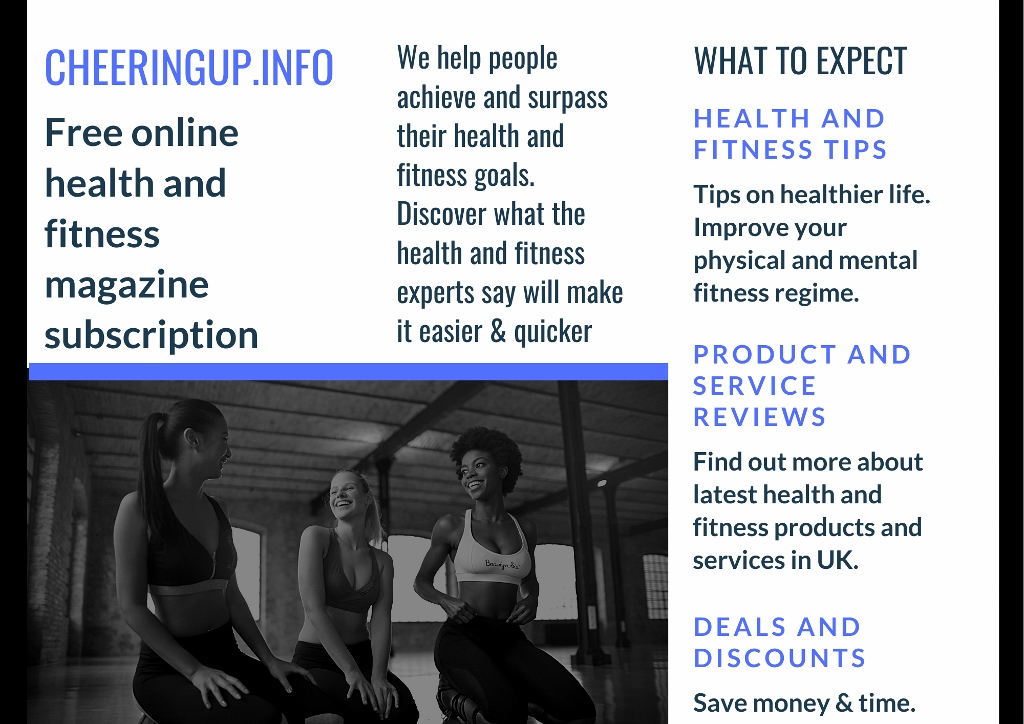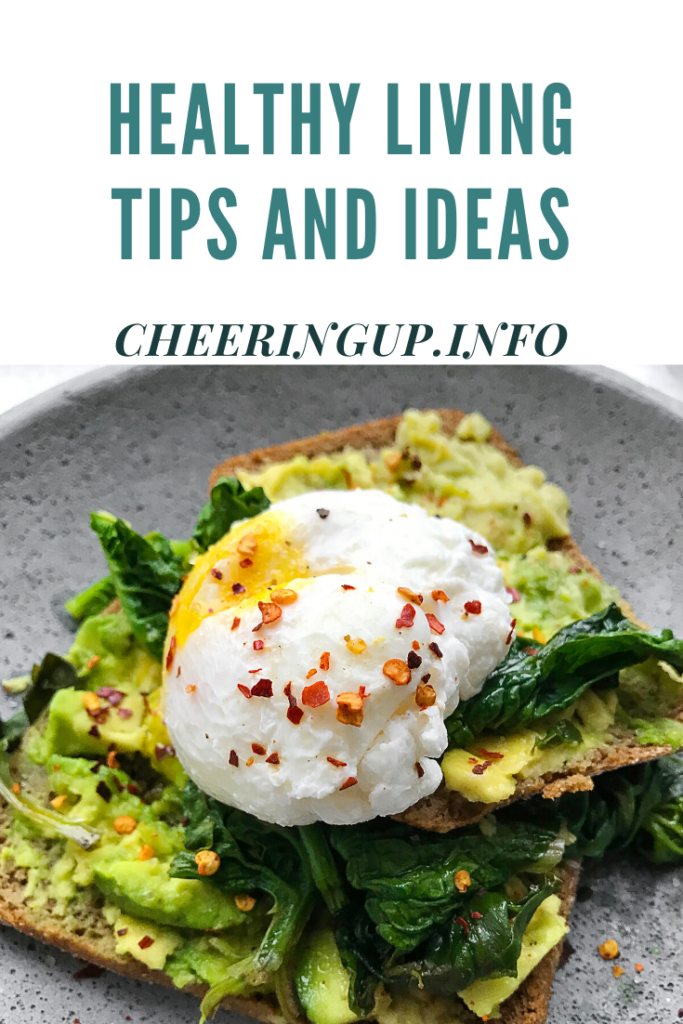10 Tips from Blue Zones: What Makes People Live Longer?
In different parts of the world, there are regions known as Blue Zones, where individuals tend to live exceptionally long and healthy lives. These regions, scattered across the globe, have attracted the attention of researchers and health enthusiasts alike, eager to uncover the secrets to longevity. So, what makes people in Blue Zones live longer? In this article, we will explore ten valuable tips derived from these regions that can help us lead longer, healthier lives.
- Embrace a Plant-Based Diet:
One of the common factors found in Blue Zones is the emphasis on a predominantly plant-based diet. Individuals in these regions consume abundant vegetables, fruits, legumes, and whole grains. A plant-focused diet provides essential nutrients, antioxidants, and fiber, while reducing the intake of processed foods, saturated fats, and excessive animal protein.
- Prioritise Physical Activity:
Blue Zone communities engage in regular physical activity as a part of their daily routine. Walking, gardening, and other forms of moderate exercise help maintain cardiovascular health, strengthen muscles, and promote overall well-being. Incorporating movement into daily life, rather than relying solely on structured exercise, is key.
- Foster Strong Social Connections:
The significance of social connections cannot be overstated in Blue Zones. These regions emphasize building and maintaining strong relationships with family, friends, and neighbours. Having a support system, spending quality time with loved ones, and participating in community activities can enhance mental health, reduce stress, and contribute to longevity.
- Cultivate a Sense of Purpose:
A sense of purpose is a driving force in the lives of individuals residing in Blue Zones. Whether it is through work, hobbies, or involvement in community projects, having a reason to wake up in the morning keeps them motivated and mentally engaged. A strong sense of purpose contributes to lower levels of stress and increased life satisfaction.
- Practice Stress-Reduction Techniques:
Chronic stress can have detrimental effects on our health. In Blue Zones, people adopt various stress-reduction techniques such as meditation, mindfulness, and spending time in nature. Prioritising relaxation and finding inner peace are essential aspects of their lifestyle, leading to improved physical and mental well-being.
- Maintain a Healthy Weight:
Maintaining a healthy weight is a common trait observed in Blue Zones. Individuals in these regions tend to consume balanced meals in appropriate portions. They are mindful of their calorie intake and focus on consuming nutrient-dense foods, which aids in maintaining a healthy body weight and reducing the risk of chronic diseases.
- Consume Alcohol in Moderation:
Moderate alcohol consumption is a cultural norm in some Blue Zones, such as Sardinia, Italy, and Ikaria, Greece. However, it’s important to note that moderation is the key. Red wine, in particular, is often consumed in small quantities and is believed to provide certain health benefits due to its antioxidant properties.
- Engage in Intergenerational Interactions:
Blue Zone communities place a strong emphasis on intergenerational interactions, where older individuals interact and share experiences with younger generations. These interactions foster a sense of belonging, mutual support, and wisdom exchange, creating a positive impact on overall well-being.
- Get Sufficient Sleep:
Adequate sleep is crucial for maintaining good health and longevity. Blue Zone residents prioritise quality sleep, ensuring they get the recommended amount of rest each night. Sufficient sleep allows the body to repair and rejuvenate, promoting optimal physical and mental functioning.
- Lead an Active Life After Retirement:
In Blue Zones, retirement does not mean a sedentary lifestyle. Instead, individuals continue to engage in purposeful activities, such as part-time work, volunteering, or pursuing hobbies. Staying active and mentally stimulated in the later stages of life contributes to longevity and a higher quality of life.

Conclusion:
The remarkable longevity observed in Blue Zones offers valuable insights into the factors that can contribute to a longer and healthier life. Embracing a plant-based diet, prioritising physical activity, fostering social connections, finding purpose, and managing stress are among the key lessons we can learn from these regions. By adopting these ten tips into our own lives, we can increase our chances of living longer, healthier, and more fulfilling lives, just like the residents of the Blue Zones.
More lifestyle improvement articles videos and reviews
Blue Zones: Longevity Secrets









